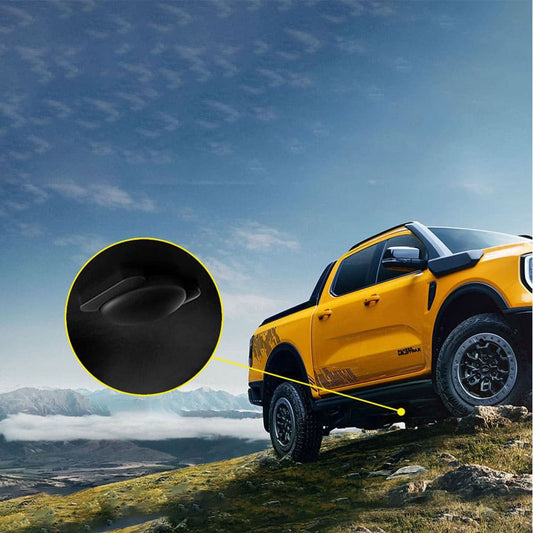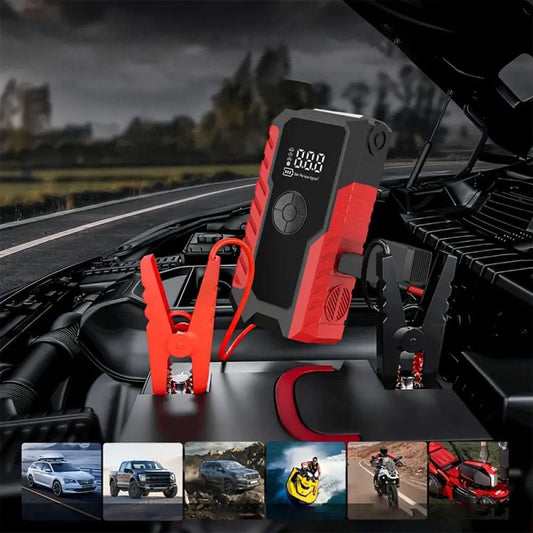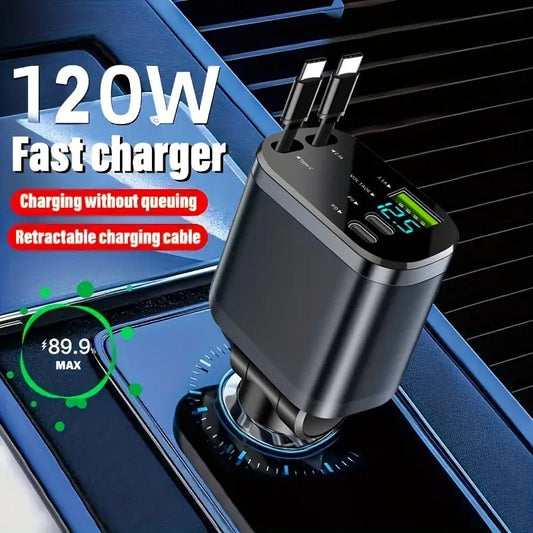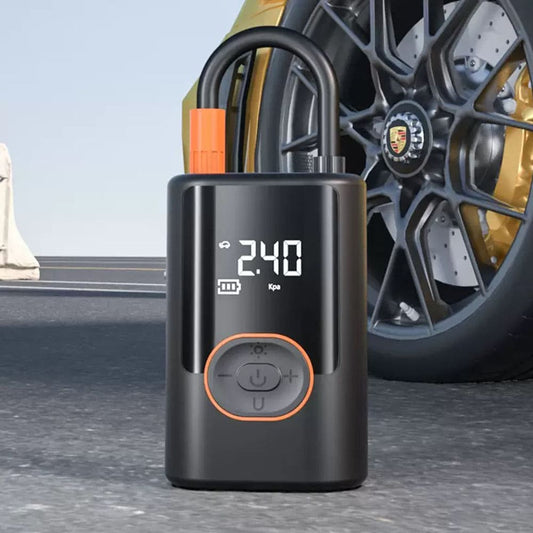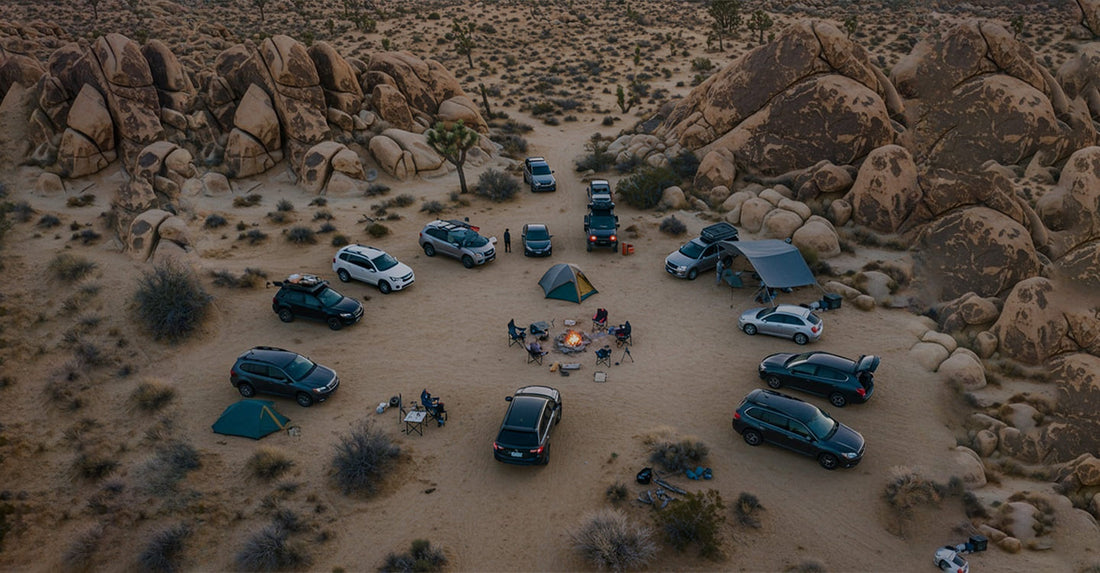
National Park Camping Guide
Share
Our national parks are some of the most incredible natural treasures, thanks to the tireless efforts of the National Park Service. These pristine areas are conserved for generations to explore and enjoy. For outdoor enthusiasts, there’s no better way to experience them than through camping.
Camping within national parks allows you to truly immerse yourself in nature. Whether it’s waking up at the base of towering peaks or sipping your morning coffee with breathtaking desert views, the park campgrounds offer the perfect base for all kinds of adventures, from hiking and fishing to simply relaxing under the stars.
In this guide, we’ll explain the key differences between frontcountry and backcountry camping, provide essential tips for your camping trip, and recommend must-have gear to make your experience more comfortable.
Frontcountry vs. Backcountry Camping: What's Right for You?
When camping in national parks, you generally have two choices: frontcountry or backcountry camping.

Frontcountry Camping:
Frontcountry camping is the more accessible option. You can drive directly to your campsite, and the area typically offers amenities like bathrooms, water, picnic tables, and fire pits. Frontcountry campsites can be reserved in advance or be first-come, first-served. Many parks also offer sites for RVs and trailers.
Best for: Those looking for an easier, more comfortable camping experience, or who plan to bring along a lot of gear, food, and drinks.
Backcountry Camping:
Backcountry camping, on the other hand, takes you deep into the wilderness. There are no amenities here, and you'll have to hike or travel a long distance with all your gear. Often, you’ll need a permit to camp, and you'll need to pack in everything you need, including water and food.
Best for: Adventurers seeking solitude, lightweight gear, and the thrill of exploring less-visited parts of the park.
For this guide, we’ll focus on frontcountry camping—perfect if you prefer a campsite near your vehicle.
9 Essential Tips for Camping in National Parks
Invest in an America the Beautiful Pass
Most national parks charge an entrance fee, but the America the Beautiful pass provides unlimited access to federal lands for one year. It’s a great investment if you plan to visit multiple parks.
Research Your Destination
Each national park is unique. Take the time to check out the National Park Service’s website for specific camping info, trail conditions, and any park-specific rules.
Book Early with Recreation.gov
Plan ahead and use Recreation.gov to secure your campsite. Many popular parks fill up months in advance, so the earlier you reserve, the better your chances of getting your preferred spot.

Reserve Early for Peak Seasons
Especially for summer camping, make sure to book as soon as reservations open. Set a calendar reminder to ensure you're among the first to snag a spot.
Arrive Early for First-Come, First-Served Sites
For first-come, first-served campgrounds, the early bird truly gets the worm. Arrive early to improve your chances of securing a site.
Check for Cancellations
Even if your park is fully booked, cancellations do happen. Set up alerts through apps like The Dyrt Pro to get notified if a spot opens up.
Travel Mid-Week or in the Shoulder Season
Avoid the crowds by booking mid-week or traveling during the shoulder season (spring or fall). You’ll find fewer visitors and less crowded campsites.
Look Beyond the Park for Free Camping
If park campgrounds are fully booked, try camping on nearby public lands, such as national forests or BLM land, which often allow free camping.

Practice Leave No Trace
National parks are fragile ecosystems. Always follow Leave No Trace principles to preserve these beautiful spaces for future generations.
Must-Have Gear for Camping Comfort
A Comfortable Mattress
For a good night's rest, you’ll need a durable and comfortable mattress. Dynara mattresses are designed for comfort and ease, whether you’re camping in your car or in a tent.

Driving recorder
Driving recorder is an important safety tool during travel. It can record real-time videos and audio of the driving process, provide evidence of accidents, protect drivers from traffic disputes, and also has parking monitoring function. ADAS advanced driving assistance system function further ensures vehicle safety
Storage Solutions
Stay organized with hammocks, and versatile gear totes. These will help keep your campsite and vehicle neat, making your camping experience smoother and more enjoyable.
Final Thoughts on Camping in National Parks
Camping in national parks offers unparalleled opportunities to connect with nature. Whether you’re planning a frontcountry or backcountry trip, make sure to plan ahead, pack wisely, and respect the park’s rules. With the right preparation, your adventure will be one to remember!

